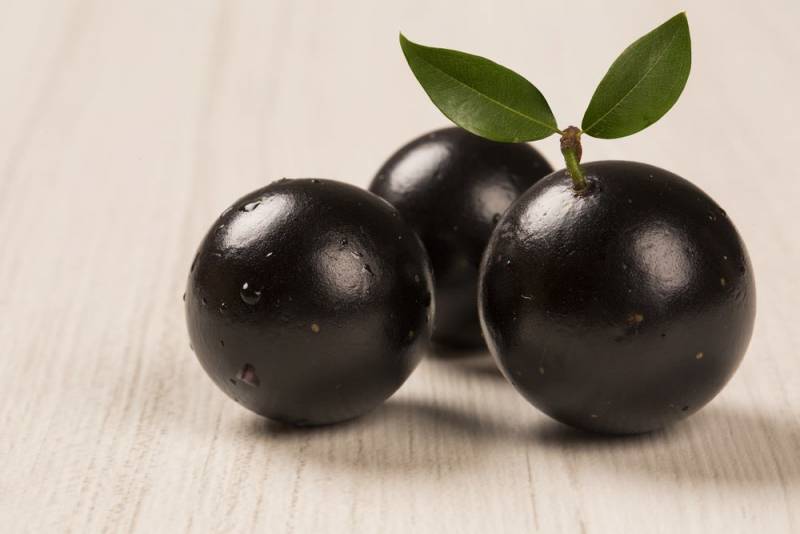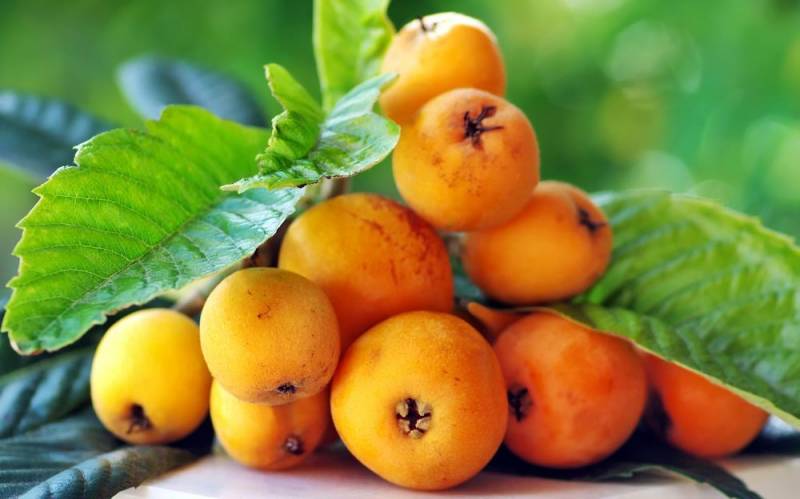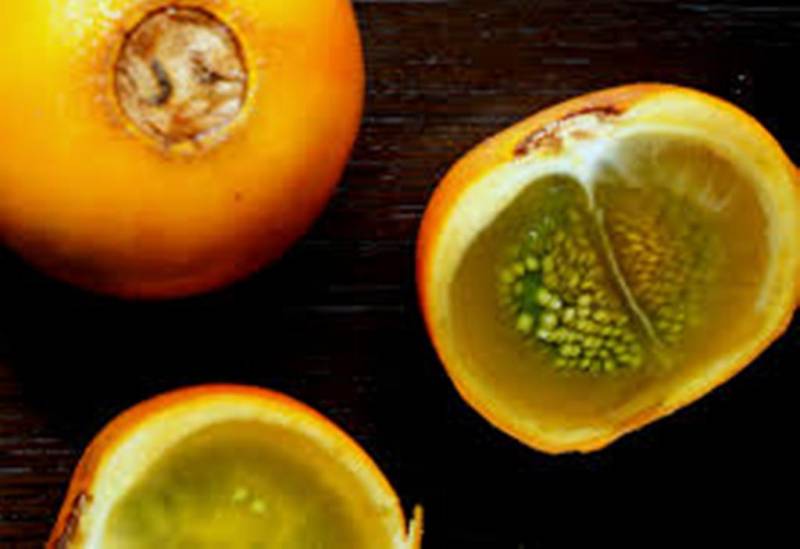Contents
Perhaps the most colorful and loveable of the traveler trifecta of food, shelter and water is food. Where to get it, how to find it, how much it cost, whether or not it made you sick. These are among every traveler’s tales. But beyond apples, bananas and oranges all over the world you can find people’s favorite fruits that look like something dreamt up by someone with a malaria-induced fever. Here You can find The exotic fruits originated from South America.
1. Mammee Apple
Mamey Apple or Santo Domingo Apricot is an evergreen tree, native to South America, which was introduced to various other regions of the world including West Africa and South East Asia. They can also be found in Florida and Hawaii. The Mammee apple is actually a berry and gets up to 20 cm in diameter. It has a thick outer rind, with soft orange to yellow pulp on the inside. It usually had one seed in the centre, but larger fruit have been known to carry up to 4. The pulp is sweet and fragrant.
2. Platonia
It’s a large tree (reaching 40m) found in the rain forests of Brazil and Paraguay. The fruit becomes the size of an orange and have a thick yellow peel which oozes a yellow latex when pressed. Inside there is a sticky white pulp, wrapped around several black seeds, which tastes pleasant and has a sweet and sour flavor.
3. Dragon Fruit
It won’t be hard to spot this attention-grabbing fruit at the grocery store, thanks to its bright pink outer skin and green scales. Native to Central and South America, the dragon fruit—also known as the pitaya—may also be spotted with a yellow skin. Apart from being juicy and refreshing, the dragon fruit is a good source of fibre and vitamin C. The fruit has a light flavour, like a pear, with crunchy black seeds like a kiwi. And despite its wild appearance, when it comes to actually eating a dragon fruit, there is no special skill set required—just chop it in half and scoop out the flesh with a spoon, or cut it into pieces and add to a summer salad.
4. Cherimoya
Cherimoya, or custard apple, is a deciduous plant found in the high lying mountainous areas of South America. The fruit is vaguely round and is found with 3 types of skin – Impressa (indented), Tuberculate (covered in nodules) or intermediate (a combination of the first two). The flesh inside the skin is very fragrant, white, juicy and has a custard like consistency. It is said that the fruit tastes like a combination of banana, passion fruit, papaya and pineapple.
5. Passionfruit
The purple passion fruit is native from southern Brazil through Paraguay to northern Argentina. It has been stated that the yellow form is of unknown origin, or perhaps native to the Amazon region of Brazil, or is a hybrid between P. edulis and P. ligularis. The purple passion fruit is subtropical and prefers a frost-free climate. The nearly round or ovoid fruit, 1-1/2 to 3 inches wide, has a tough rind that is smooth and waxy and ranging in hue from dark purple with faint, fine white specks, to light yellow or pumpkin-color. Within is a cavity more or less filled with an aromatic mass of double-walled, membranous sacs containing orange-colored, pulpy juice and as many as 250 small, hard, dark brown or black, pitted seeds.
6. Cocona
This fruit is another tropical fruit found in the mountainous regions of South America. It grows on a small shrub, and can miraculously grow from seed to fruit in less than 9 months, after which the fruit will take another 2 months to ripen. The fruit is a berry and comes in red, orange or yellow. It has a similar appearance to tomatoes and is said to taste like a mixture between tomatoes and lemons.
7. Jabuticaba
This fruit usually called the Brazilian grape tree, is a very strange plant native to the South Eastern parts of Brazil. What makes this plant so strange is that it fruits from its trunk. No, I did not make that up, and no the picture has not been photo shopped. Initially, yellowish white flowers will appear all over the trunk and main branches, these flowers will then turn into fruit, about 3 – 4cm in diameter. Inside the thick purple skin is the soft gelatinous flesh of the fruit, along with 1 – 4 black seeds. The fruit is sweet and can be eaten as is or made into a wine or liqueur. Unfortunately, the fruit does not keep long when off the tree and will start to ferment after about 3 or 4 days.
8. Acai
This is a fruit of a Brazilian palm that’s showing up as everyone’s favorite new anti-oxidant containing fruit. It’s a round, dark purple berry that’s sweetened, frozen solid and then mashed up and served along sliced bananas and granola along populated beaches in Brazil as açaí na tigela (açaí in a bowl). It has a strong, almost grape-like flavor, and can also be drunk in its slushier form from a glass, and shows up as a flavoring in other products. The berries can be hard to come by, but the frozen treat can be found all over Brazil, and in some major cities in the US.
9. Nisperos
Nisperos are one of the harbingers of spring in the southern hemisphere, and these soft yellowish orange fruits often appear at the market in giant piles with leaves still attached. You can eat the skin or squeeze the flesh out, but either way, eating nisperos is messy business, and one or two seeds are contained in each fig-sized fruit which must be spit into your hand or onto the street. The flavor is mildly sweet, and they can be found jarred in syrup, but purists will prefer theirs fresh.
10. Prickly Pear Fruit
This fruit may look like the un-prickly part of the cactus, but don’t be so sure. These blunt-ended oblong fruit actually have tiny fibrous spines covering their outsides and should be handled gingerly. Slice them lengthwise and scoop out the pulp with one stroke of the spoon, eat and enjoy. The taste is somewhere between a cucumber and honeydew melon, though the seeds will remind you that you’re eating something else. It’s often made into a refreshing juice, and studies indicate that an extract from this plant may ease the symptoms of a hangover.
11. Lulo
This is a smooth fruit, shaped like a small tomato, of which it is a distant relative. Juice or milkshakes made from this fruit makes many a traveler exclaim, kiwi, no! pineapple, no! mint! no! No indeed, the fruit is lulo (or naranjilla) and it’s found only in Colombia or Ecuador, and usually used to make a refreshing, pale orange-ish brown juice. The fruit is not eaten out of hand, though it often shows up in Ecuador’s national alcoholic beverage (served hot), a potent concoction of the fruit, sugar, sugar cane alcohol (aguardiente) and cinnamon.
12. Pepino
Pepino is the next exotic fruits from the South America specifically at the Andes Mountain. This unique fruit has different names depend on the countries. Pepino is called meloen peer in Netherland, while the English called this fruit as Peermelon and the Japanese citizen called this fruit with pepiino.
13. Papaya
Papaya or carica papaya. This fruit is originated from Mexico and the northern part of South America. This fruit is quite big and the taste is really fresh. Papaya can be located in all countries with tropical climates.
14.Kakao
Well, who doesn’t know about chocolate? I don’t one of you haven’t taste this delightful snacks in your life. Did you know that the original place of chocolate is coming from Kakao? Yes it is, kakao is a plant coming from the South America. The shape of the fruit looks like a rugby ball and the seed is used for making chocolate.
15. Pineberry
Well the picture that you just saw is not an unripe strawberry. Please, let me introduce you the most unique fruit from the South America, Pineberry. This white skin strawberry is a result from the combination of strawberry and pineapple.















Leave a Reply